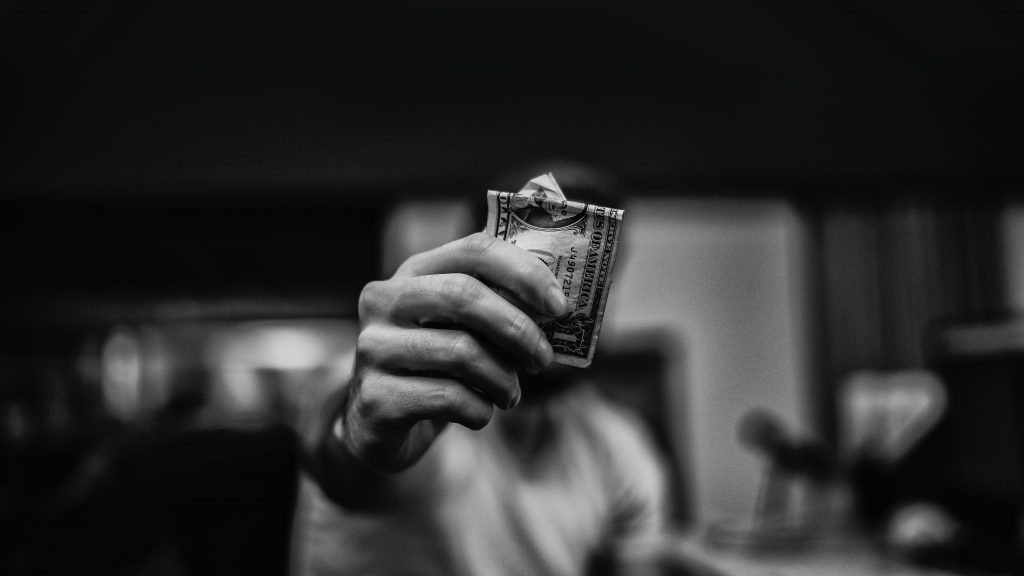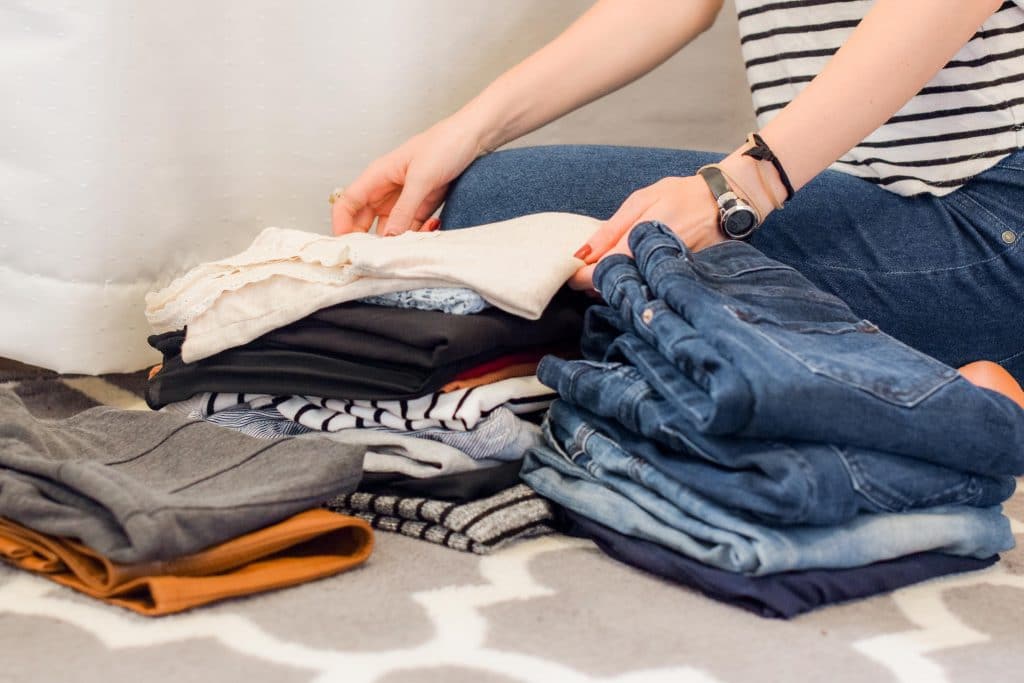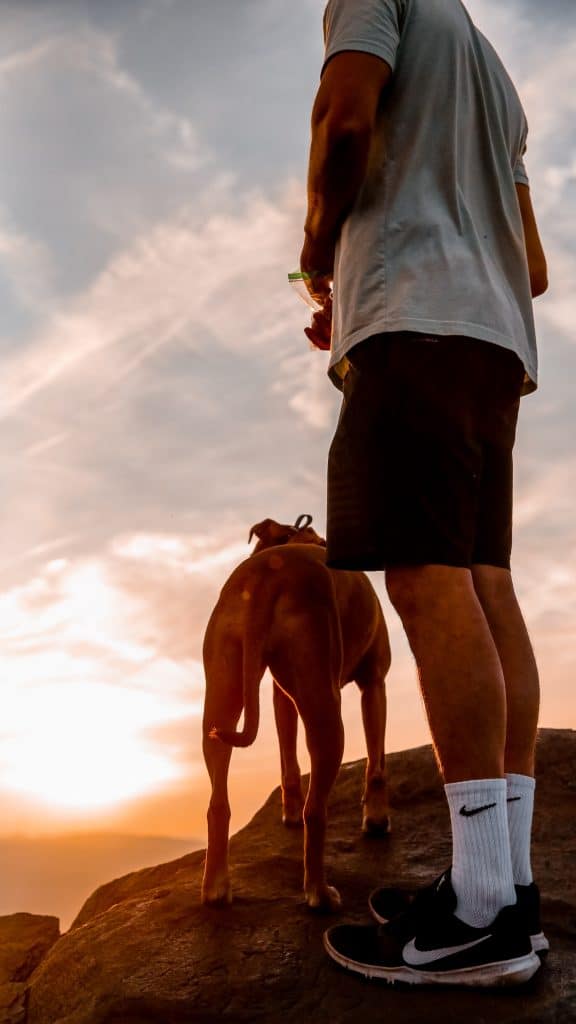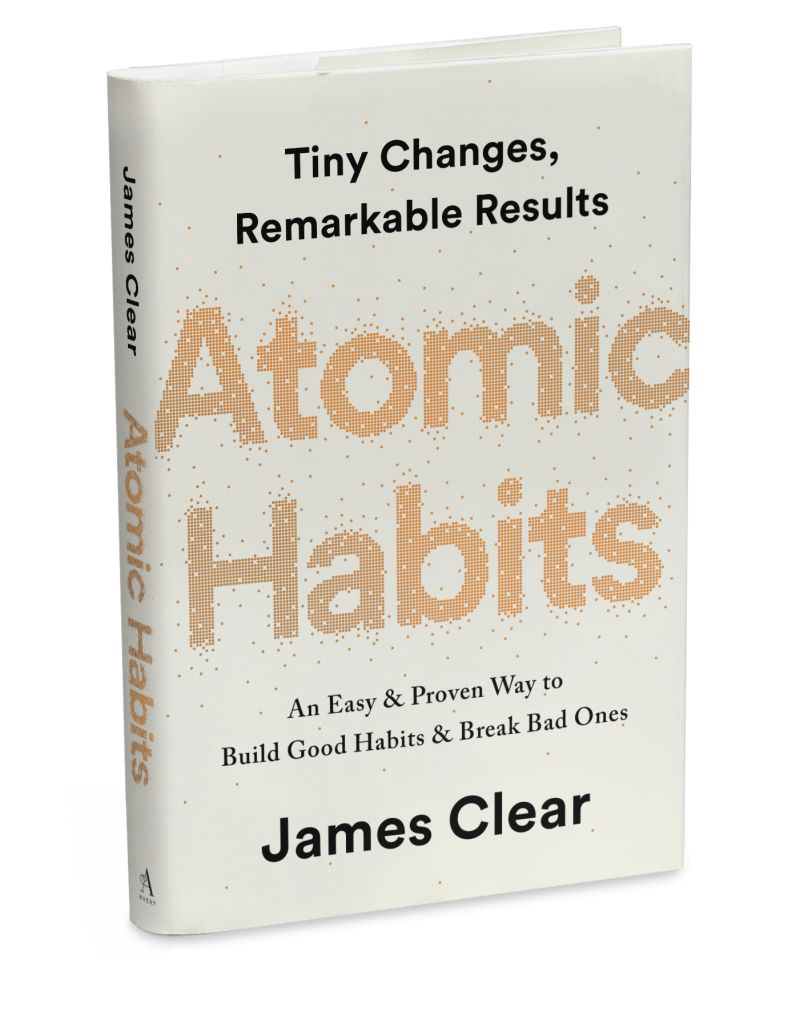“Sow an act, reap a habit. Sow a habit, reap a character. Sow a character, reap a destiny.” -Charles Reade
Does creating a good habit have to be a challenge? Is breaking a bad habit impossible? Does Coach Greg have large ankles? The answer to all of these questions is no. No, because, there are systems in place to help us create, or break, habits. The purpose of this blog series is to show you how easy this habit stuff can be, which is done by understanding the laws of behavior change.
Before we jump into the first Law of behavior change though, you should read the first part in this blog series which can be found here.
All caught up on the first blog? Cool, then let’s get rolling with the first Law of behavior change which is: make It obvious.

Law 1: Make It Obvious
When the habits we perform are obvious, then we will be more likely to continue doing them. This goes both ways though, depending on the situation.
If we’re trying to lose weight and have a habit of chowing down on Oreos, then leaving them on the counter in a cookie jar isn’t the best idea. Since they’re obvious we’d be more likely to chomp down on them. Instead, we could leave a bowl of fruits on the counter in plain sight, so we’d be more likely to consume them.
For example, if we want to start a habit of going to the gym in the morning, then we can leave out a pair of gym clothes the night before.
We can leave out some dental floss in front of our tooth brush to make the habit of flossing more obvious.

The great thing about these laws is not only that they help us create good habits, but we can invert them too—that is, we can use the opposite of these laws to break bad habits. Using the Oreo example above, we could take those Oreos and place them on the top shelf in the pantry (make them invisible). Like the cliché “out of sight, out of mind.” Taking this a step farther we would be better off simply not buying them in the first place. If they’re not in our house to begin with then it’s impossible for us to engage with this bad habit of ours.
In addition to understanding this first law, we can use a tool called “habit stacking” to make this easier to implement.
Habit Stacking
“You often decide what to do next based on what you have just finished doing.” -James Clear
Habit stacking is a simple tool to take advantage of the first law of behavior change. Simply put, we place a new habit—say, flossing our teeth, stretching, or going to the gym—after an already established habit. For example:
- After I brush my teeth (old habit) > I will floss (new habit)
- After I brew coffee in the morning (old habit) > I will stretch (new habit)
- After I get dressed for work (old habit) > I will pack clothes for the gym (new habit)
Habit stacking provides an easy formula for adding new habits into our existing routines. In addition to making habits more obvious, we can also make them more attractive.
Law 2: Make It Attractive
“The more attractive an opportunity is, the more likely it is to become habit-forming.” – James Clear
Regardless of the habit—be that running, starting strength training, or eating more vegetables—we’re more likely to be successful in those activities if those habits are attractive. Eating some tasty junk food is more attractive than cooking a healthy meal. Laying around watching re-runs of Friends can be more attractive than getting up and heading to the gym.
Put another way, things we want to do are typically more attractive than things we need to do.
An easy way of making practical use of this law is called “temptation bundling.”
“Temptation bundling works by linking an action you want to do with an action you need to do.” -James Clear
I’ll use a personal example that I’ve implemented in my own life. I noticed a need to add more mobility work in the middle of my day to help improve my shoulder and hip mobility. Also, I like to relax midday because I’m in between shifts at work, so I’ll occasionally read a few pages of a comic book.
Now, when I get home the first thing I do is what I always do—I walk my dogs (need, and also an old habit). Then, I do 5-10 minutes of mobility work (need, and new habit), which is followed by reading a comic book (want to do). This makes the habit that I need to do more attractive because it is preceded by something I want to do.

Temptation bundling isn’t the only means for making a habit attractive though; the people we spend our time with matters greatly as well. Humans are a social species–we like to do things that are socially accepted rather than going against the grain. We would rather fit in than be an outcast.
People Matter
For example, if we surround ourselves with friends and family who enjoy strength training, then it will be much easier for us to build that habit. Strength training is something we see those around us do constantly, so it will help us fit in to do so. If we’re struggling with making going to the gym a habit, for example, then we could join a gym with an awesome community (*cough cough* BSP NOVA *cough cough*).
“When changing your habits means challenging the tribe, change is unattractive. When changing your habits means fitting in with the tribe, change is very attractive.” -James Clear
But, let’s say we don’t want to build a good habit, and instead want to break a bad one. Just like the first law of behavior change we can invert the second law, which becomes “make it unattractive.”
If we have a problem with smoking, and all of our friends are smokers, then we could surround ourselves with non-smokers.
If we talk to people who constantly use negative self-talk, then we can surround ourselves with positive influences.
Instead of solely spending time with our friends who do nothing but sit around and watch TV, we could hang out with friends who like to go to the gym.
Habits can seem hard to change at times—impossible even. It’s as if they’re some invisible force we’re unaware of that is dictating our life—wreaking havoc on our health. But that can be changed when we become aware of them. Once we realize which habits are hindering us, then we have hope. We can use these laws of behavior change to create good habits—or, if needed—to break bad habits. And in the last and final blog in this series, you’ll have a solid grasp on how to do just that.
Source:

(P.S. If you’re enjoying this blog series then I highly recommend checking out Atomic Habits)
